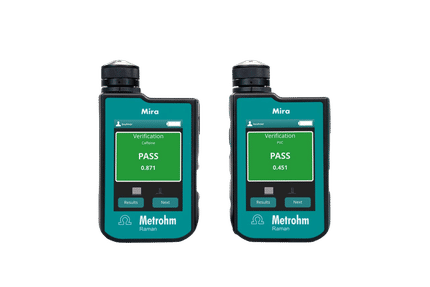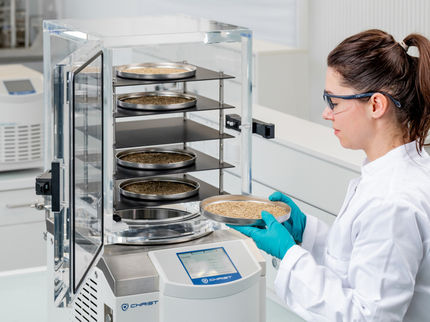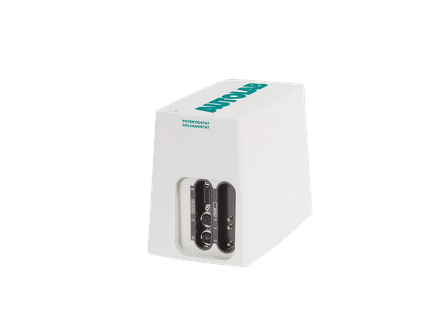To use all functions of this page, please activate cookies in your browser.
my.chemeurope.com
With an accout for my.chemeurope.com you can always see everything at a glance – and you can configure your own website and individual newsletter.
- My watch list
- My saved searches
- My saved topics
- My newsletter
Southeast Steam Plant
The Southeast Steam Plant also known as the Twin City Rapid Transit Company Steam Power Plant is a combined heat and power plant on the Mississippi River in the city of Minneapolis, Minnesota in the United States, and is owned by the University of Minnesota.
Product highlight
HistoryThe plant was constructed in 1903 to provide electricity for the Twin City Rapid Transit street railway system. It supported the area's major form of public transportation for 50 years. Minneapolis converted to buses in 1949–1954,[1] and in the early 1950s, Northern States Power Company, now Xcel Energy, acquired the building.[2] In 1976 the university purchased the plant.[3] OperationThe facility heats 94 buildings—nearly all of the university's Minneapolis campus, cools 19 of those buildings, and provides steam to the University of Minnesota Medical Center, Minnesota State Board of Health and Cedar Riverside People's Center. Captured as the steam leaves the plant, pressure powers the plant and provides 20% of the university's electricity. The plant's steam is transported through an 18 mile (29 km) network of tunnels to the campus buildings and would be enough to heat 55,000 homes.[4][3] Each student pays about $200 for energy and those in residence halls pay $375 a year for heat and air conditioning, water heating and dining services.[3] The plant is university building #059.[5] The university's Energy Management department, part of Facilities Management, oversees the plant. Foster Wheeler Twin Cities has contracted with the U of M to operate it since 1992. Just upstream is the Hennepin Island Hydroelectric Plant operated by Xcel Energy. The university's Saint Paul, Minnesota campus three miles away has its own plant. In addition the university has generators, pumps and boilers powered by diesel and natural gas, most used only in emergencies, with 11 used as peak shaving units.[6] RehabilitationBefore pipes were reinsulated, employees needed breaks once an hour to work in the tunnels which reached 115° F (46° C). Insulation reduced the ambient temperature to 80° F (27° C), and the loss of energy from 10% to 4%, and over time resulted in a 25% campus-wide decrease in energy consumption.[4] The university closed the Southeast plant to gut and rebuild the interior, and in 2000, reopened it and closed down its old coal-burning power plant. Completed in 2005, exterior rehabilitation won a local historic preservation award, presented to the university and Miller Dunwiddie Architects, McGough Construction, Hess Roise Historical Consultants, Meyer Borgman Johnson, Michaud Cooley Erickson, INSPEC, Akiba Architects, and Kimley Horn.[7] Boilers, fuel and emissionsAmong the "cleanest burning power plants in the country," the high temperature fires almost completely consume its fuels—natural gas, coal and wood waste. The plant has tested and been approved for oat hull biofuel, a renewable resource that would reduce each student's fees by about $21.[4][3] Five boilers are operational. A new fluidized bed boiler (CFB) is six stories high and capable of burning coal, wood, oat hulls or natural gas. There are two natural gas boilers, one pulverized coal boiler that can also fire fuel oil, and a spreader stoker coal boiler, also capable of burning fuel oil and possibly oat hulls. During May and October, the periods of lowest demand, the CFB boiler is not in use.[6] The CFB controls emissions of the acid gases sulfur dioxide, hydrogen chloride and hydrogen fluoride and particulate matter (PM) with limestone injection and a fabric filter. The pulverized coal and spreader stoker boilers are equipped with dry gas scrubbers (spray dryers). Two boilers have no control equipment but have flue gas recirculation to limit nitrogren oxide emission. The plant emits almost zero sulphur and mercury.[4] The unloading terminal for rail cars and its conveyors are enclosed and equipped with baghouse filters. The outdoor coal bunker is shielded from the wind by concrete retaining walls. Storage silos for ash have fabric filters.[6] CriticismEnvironmental groups including the Save Our Riverfront Coalition and Friends of the Mississippi Inc. attempted and failed to move the plant off the river in 1996. Elected officials Phyllis Kahn and Larry Pogemiller, Arne Carlson who was governor of Minnesota, and Sharon Sayles Belton who was mayor of Minneapolis supported the move.[8] Concerned about potential emissions and noise from deliveries, some neighborhood associations and a condominium developer at the nearby Pillsbury "A" Mill criticized the plant's 2005 application to amend its permit to allow tests of alternative fuels.[3] BiofuelThe Minnesota Pollution Control Agency approved use of biomass fuels, specifically oat hulls in 2006[9] but the three years necessary for testing and the approval process lost the source of the hulls. General Mills, makers of the oat cereal Cheerios, had signed a contract by then with U.S. Steel for use in their facility on the Iron Range in northern Minnesota.[10] Notes
| |||||||||||||||||||
| University of Minnesota - Twin Cities | |||||||||||||||||||
|---|---|---|---|---|---|---|---|---|---|---|---|---|---|---|---|---|---|---|---|
| Academics |
College of Biological Sciences • College of Continuing Education • School of Dentistry • College of Design • College of Education and Human Development • College of Food, Agricultural and Natural Resource Sciences • Law School • College of Liberal Arts • Carlson School of Management • Medical School • School of Nursing • College of Pharmacy • Hubert H. Humphrey Institute of Public Affairs • School of Public Health • Institute of Technology • College of Veterinary Medicine | ||||||||||||||||||
| Athletics |
Golden Gophers • Big Ten Conference • Western Collegiate Hockey Association • Elizabeth Lyle Robbie Stadium • Les Bolstad Golf Course • Mariucci Arena • Memorial Stadium (demolished) • Metrodome • Northrop Field (demolished) • Ridder Arena • Siebert Field • TCF Bank Stadium (under construction) • Williams Arena • The Barnyard • Goldy Gopher • Spirit Squads • Little Brown Jug • Slab of Bacon/Paul Bunyan's Axe • Floyd of Rosedale • Governor's Victory Bell • Football • Men's Basketball • Men's Hockey • Wrestling • Minnesota Rouser • Minnesota March • Go Gopher Victory • Our Minnesota • Minnesota Fight • Hail! Minnesota | ||||||||||||||||||
| Campus |
Central Corridor (proposed) • Children's Hospital • Coffman Memorial Union • Dinkytown • Dinkytown Bikeway Connection • Eastcliff • Gopher Way • Jackson Hall • Katherine E. Nash Gallery • McNamara Alumni Center • Medical Center • Molecular and Cellular Biology • Northrop Auditorium • Northrop Mall • Old Campus Historic District • Southeast Steam Plant • Stadium Village • Washington Ave. Bridge • Weisman Art Museum | ||||||||||||||||||
| Student Life |
GAPSA • Marching Band • Minnesota Daily • Minnesota Republic • Radio K • Solar Vehicle Project • Students Co-op • The Wake | ||||||||||||||||||







